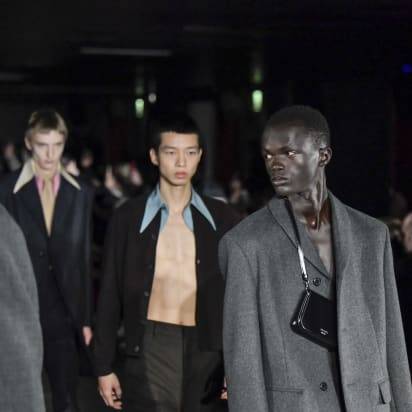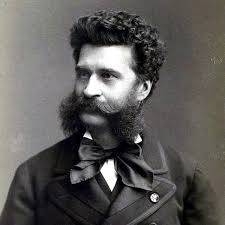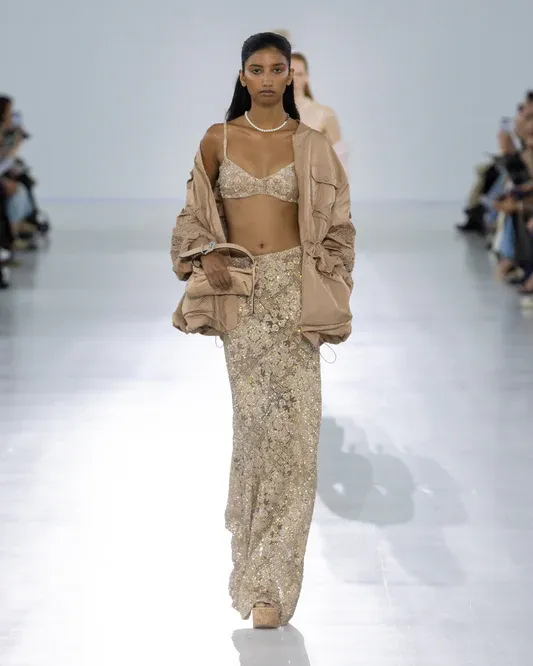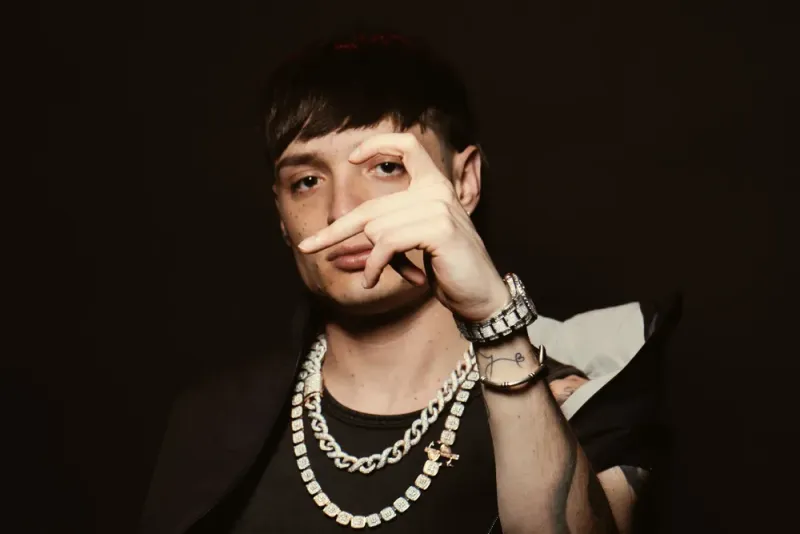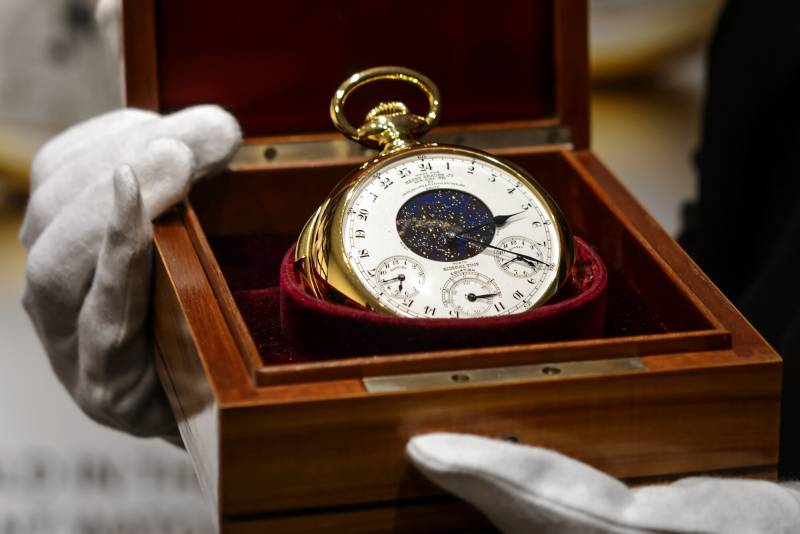Difficult times can lead to outbursts of folie or a definitive affirmation of reason. It was the latter that ruled over the Milan Men's Fashion Week that closed on Monday: a very rational, very efficient, very product-centered Fall-Winter 2023 season full of perfectly fine if largely flavorless clothes. It was less a celebration of normality than an exaltation of rigor, simplicity, and purity. To put it in Miuccia Prada's words: "In serious moments, one has to work seriously and responsibly. There can be no room for useless creativity. Creativity makes sense and is only useful when it discovers new things."
Alas, there were no new discoveries this season, but a new formality took hold: a symbolic rappel à l'ordre after years of dismantling staid notions of masculinity, dress codes, and wardrobes. And yet what emerged was not a hardening of the male image but a sense of fragility, with tailored pieces landing on bare torsos, not shirts and ties.
Nowhere was this more evident than at Prada (pictured top), which showed a collection that looked Prada-issima in its modernist and minimalist intent and Raf-issima in its celebration of skinny, hairless youth. There was nothing new going on here — and yet it somehow looked newly appealing. What struck me was the relentless focus on wardrobe archetypes, the mathematical-architectural game of proportions (either long and narrow or puffed-up and cropped), and the stress on cleanliness with a retro-futuristic tingle. But it wasn't all cold precision — this is Prada, after all: a fashion land of contrarian thinking now headed not by one but two creatives (Miuccia Prada and Raf Simons) — as seen in the stress on the sternum as an erogenous zone. The elongated shirt collars fluttering overcoats and cardigans, but also the scooping necklines, all drew the gaze on this most delicate part of the body.
The focus on lanky youth looked rather narrow at Gucci, too, where tailoring and cleanliness, with a sort of laid-back California spirit, replaced the departed Alessandro Michele's haute bohemian extravaganza. In other words, Michele's take on fey masculinity remained, but the maximalism he brought to his work was stripped away. The result was tasteful and sensitive, if unoriginal: from Céline to Y/Project, echoes of other brands were palpable.

This was, of course, the most eagerly awaited outing of the season. The stakes were high, but given Gucci's current set of circumstances — lacking a creative director and being forced to show a collection designed by committee — there was little to expect. Hitting the pause button for a season could have been a better approach, but to the extent that this outing was an exercise in purifying Gucci's lexicon, the collection opened a door to the future.
Old-school elegance and discretion are making a comeback. It was layers of deconstructed beige, velvet, and double-breasted suits worn with neckties at Giorgio Armani. For his finale, Armani sent out couples holding hands and it all looked like a celebration of tradition that speaks volumes about the world we live in. At his second line, the Emporio Armani aviator was a joy to behold: wrapped in enveloping trench coats, asymmetrically buttoned blazers, abbreviated pants, and boots with massive soles, he did not fall into the "Top Gun" trap, maintaining a gentle demeanor. Or, to quote Armani, "he is human, subtle." This collection was frankly an unexpected surprise: a tour through the possibilities of tailoring and elegance for a generation that has probably rarely charted such waters before. Faultlessly tailored blazers, Dracula capes, waist shapers, and transparent blouses came in a restricted palette of black, white, and very light grays at Dolce & Gabbana. It was taut and focused, if excessively repetitious.
Here, too, the skin was present but, showing through shirts and peeking under coats and tops, the look was more sensual than fragile. Elsewhere, the household was front and center. Domesticity was everywhere: blankets, pillows, slippers, and childhood memories. The stay-at-home emphasis was somehow strange: after the pandemic, one expected a fiercer urge for adventure, parties, and other shores. And yet, in the uncertain world we inhabit, people are no doubt looking for reassurance. Sometimes the inward and the outward can make for an interesting blend, converging in a house party feel of sorts.
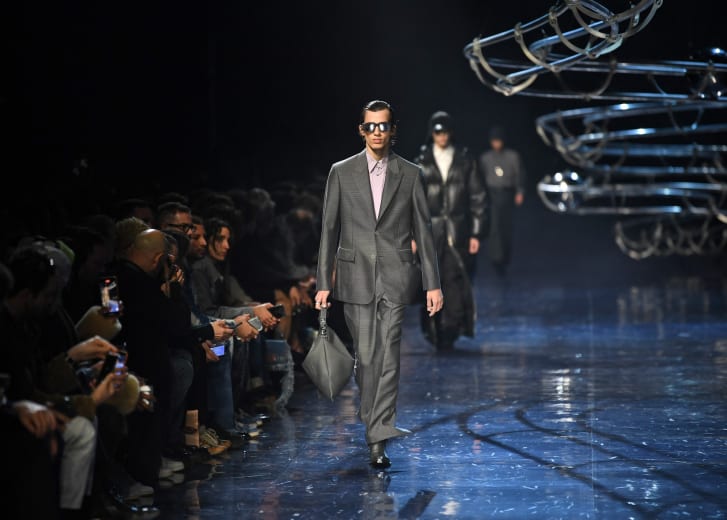
This was the case at Fendi, which united the perfectly domestic with an array of feisty and sparkly gear at a show scored by disco master Giorgio Moroder. Silvia Venturini played once again with duality, and hit a high point with a mix of seduction, slim Seventies tailoring and outerwear liquefying into blankets that were a blast from start to finish. What's thrilling about her way with menswear is how dense and rich every piece feels, without looking overdone, flashy, or vulgar. Such balance requires mastery and Venturini owns it.
In his first men's outing at Etro, designer Marco De Vincenzo was feeling equally feisty and domestic, exploring both the idea of house as a home and the concept of house as, well, the fashion house. Etro started as a fabric maker, so the show took place in a warehouse, amidst scraps and rolls of fabric. De Vincenzo's own love affair with fabric started, when he was a child, with a velvet blanket whose pattern was reproduced on a coat. And if the collection looked very Etro and very De Vincenzo, the Etro man seemed connected with his inner child — rejuvenated, if still on a quest for a clear identity. All things considered, it was a good start. Not everybody was feeling quiet and homely: the times call for subversion and rebellion, too. At MSGM, a seditious take on school uniforms had a very early-era Raf Simons vibe to it, with feisty italian panache, and it felt fresh.
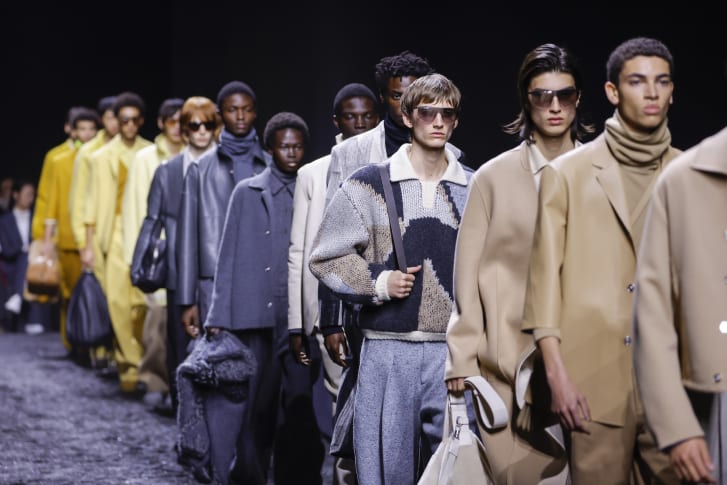
The teenage angst Dean and Dan Caten were exploring at Dsquared2 was all about low risers, skin and hormones, in a collection that somehow set the label's clock back to where it all started, twenty or so years ago. Alyx was a thing of urban layers and prints galore, devised with artist Mark Flood, while Simone Botte and Filippo Biraghi, alias Simon Cracker, expressed a well-needed rejection of the present with authentically punk verve. Their upcycled bric-à-brac is as rough and rambling as it is vital, because there is method to the madness in the good old Vivienne Westwood way. Luchino Magliano is the undisputed leader of the new crop of auteurs. What sets him apart is the ability to embed his concepts in clothes, not just the layers of storytelling that often surround them. Magliano is the herald of a broken, slow classicism that looks mournful, undone and dangling, but also beautiful and full of life, much in the glorious vein of Comme and Yohji, with a leftist Italian twist. Federico Cina is also taking strides, moving from the intimacy of his early days to a delicate yet carnal sensuality with expressive range.
In a reductionist season, blank slates were too often bland slates; It takes mastery and focus to strip things down and make simple, desirable clothes. Among the classicists, the best was Brioni's infinitely subtle, inwardly luxurious outing. Working on his own fabrics and finishes, Alessandro Sartori delivered an assured punch at Zegna: one in which the cleanliness of the lines and the lack of unnecessary details maximized textures, surfaces and emotions.
But it was Jonathan Anderson who stole the show with JW Anderson's latest collection, presenting an act of reset so crude, so powerful, that things reverted back to the roll of fabric. In a reflection on ownership, the ruffled shorts of ten years ago made a comeback, in a kinkier incarnation, and it was all full circle in the idea of a shared wardrobe. This was simplification with meaning.
